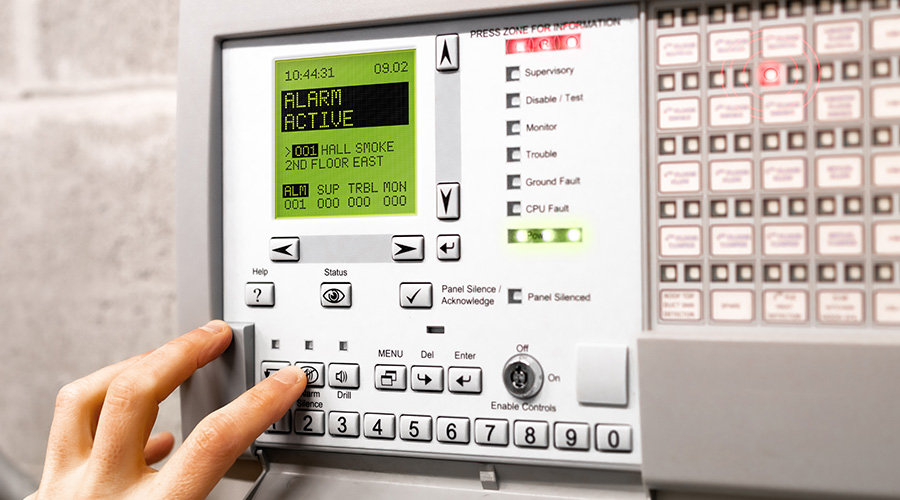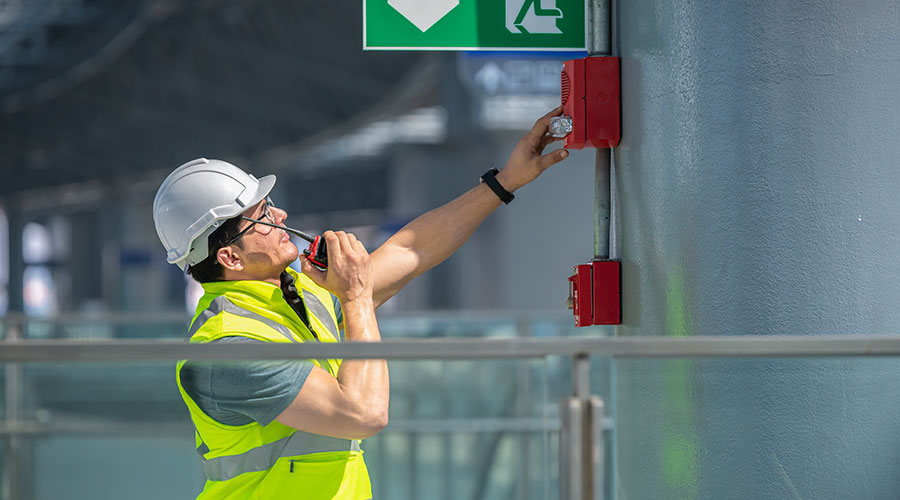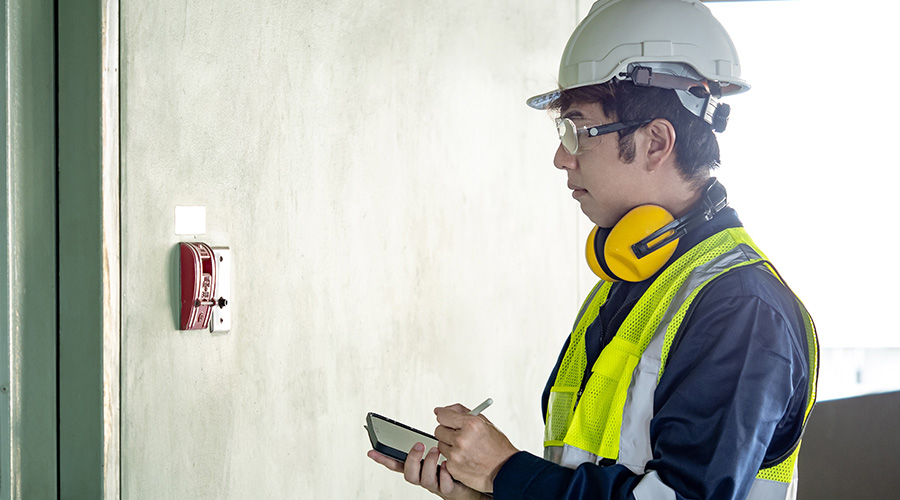Fire Detection, Sprinkler Systems are Key Components of Health Care Fire/Life Safety
While passive systems create the smoke and fire compartments that are important to a defend-in-place fire/life safety concept, the active fire protection system plays a critical role in limiting exposure to the products of combustion.
Casualties in fires have fallen substantially over the past 20 years as active fire protection systems like automatic sprinklers have been mandated in new construction and renovation work. From 1994 to 1999, there was an average of 3,800 fires in health care facilities with seven deaths due to fire. From 2003 to 2006, those numbers had fallen to an average of 1,600 structure fires in hospital facilities, with one death due to fire. Many factors contributed to the drop in fires — including smoking bans in health care facilities, increased focus on staff training and an increased emphasis on compliance with fire/life safety requirements by Centers for Medicare and Medicaid Services and The Joint Commission — but mandates to use automatic sprinkler systems and other active fire protection systems certainly deserve some of the credit for the reduction in deaths.
Today, fire detection and alarm system (FDAS) and automatic sprinkler systems are the major components of fire/life safety in health care occupancies. NFPA 72: The National Fire Alarm and Signaling Code addresses the design, layout, device placement, wiring, installation, testing and ongoing maintenance for FDAS to ensure that the systems are reliable and robust. As part of the defend-in-place concept, the FDAS monitors the facility and controls devices. FDAS functions include but are not limited to:
- Notify the building occupants and the staff of fire emergencies
- Perform area smoke detection; duct-type smoke detection and HVAC shut-down; and elevator lobby detection
- Activate elevator recall
- Respond to manual fire alarm activation
- Monitor fire pump and emergency generator status
- Monitor automatic sprinkler valve and water flow switch
- Use smoke detectors to release fire or smoke barrier doors
- Activate the smoke control or stair pressurization system
- Alert a central station service or fire department of panel alarm activation
- Supervise the FDAS for ground faults, broken circuits and non-functioning devices
After acceptance of the FDAS by the owner and authority having jurisdiction, NFPA 72 requires ongoing testing and maintenance required for the system. Some level of system testing is required quarterly. Most of this testing and maintenance must be conducted by a manufacturer-trained or -licensed individual. This testing can be done by qualified facility staff; however, it is usually contracted to an outside vendor.
The key to this quarterly testing is documentation and follow-up. Each inspection, test or maintenance event on an FDAS must result in a report. Status of any system deficiencies must be listed. Depending on the contract agreement, some items may not be corrected during a visit. If these items are not corrected, the facility owner is responsible for developing the corrective plan. Many times the report from a contractor is only filed and not reviewed. Deficiencies that remain can adversely affect the fire/life safety of the facility. Facility managers should plan to track and review the FDAS reports so they are completed in a timely manner and there are no surprises when the documents are reviewed by the AHJs.
Another note of caution: NFPA 101 and the International Fire Code require notification of the local AHJ if the FDAS is offline for more than four hours. Also, the building must be evacuated or an approved fire watch must be provided. These impairment agreements vary from area to area. Coordination with the AHJ is needed before FDAS impairment. Documentation of this agreement should be retained for other AHJ reviews.
Over the years, there have been many changes in requirements for stair pressurization and smoke control systems. Inspection, testing and maintenance are covered in NFPA 92A: Standard for Smoke-Control Systems Utilizing Barriers and Pressure Differences, or NFPA 92B: Standard for Smoke Management Systems in Malls, Atria, and Large Spaces. Non-dedicated systems must be functionally tested annually and dedicated systems should be tested semi-annually. Depending on the system design, air flow rates or pressure differentials must be recorded.
Related Topics:















